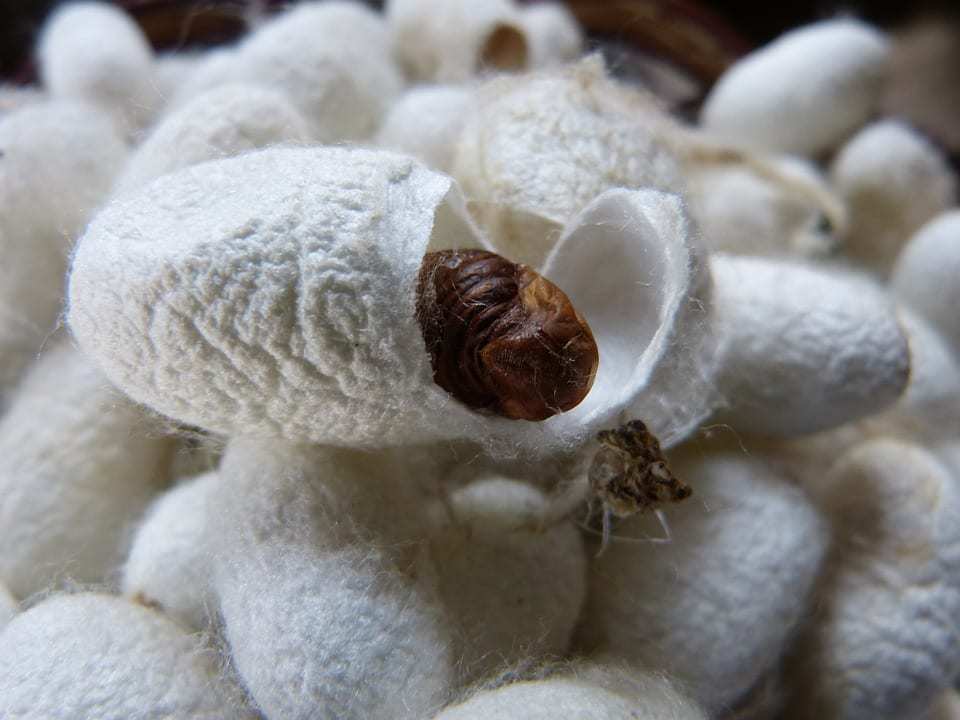Tech experts have created a form of hybrid material using the fibroin protein from the luxury textile.
A tech developer team at the Indian Institute of Technology (IIT) Kharagpur has come up with a silk wearable technology fabric. It uses the silk fibroin protein to create a kind of hybrid material that can function as a wearable sensor and yet still easily suit today’s fashion market.
The idea is that the fabric could one day be made into clothing that could function as a smart sensor.
This silk wearable technology protein could soon find its way into prototype clothing and accessories that work like smart devices. While there may one day be potential in the mainstream market for this type of material, the true applications could be in specific industries. For instance, these smart fabrics could be worked into certain biomedical applications and also have the potential for use by defense personnel and soldiers.
“We have designed a hybrid photo detector using zinc oxide nanostructures on gold nanoparticle-embedded silk protein for applications that combine electronics and light,” explained the S.N. Bose National Centre for Basic Sciences director, Samit K. Ray.
The silk wearable technology hybrid material would be able to detect light and store data.
 “The hybrid material can store data and can detect light, both in the ultraviolet and visible wavelength range, thereby offering greater sensitivity and scope of detection,” said Ray. That said, the fabric is also stretchable, flexible, biocompatible and biodegradable. Those additional factors are the result of having combined the silk fibroin with zinc oxide, a semiconductor, as well as gold nanoparticles.
“The hybrid material can store data and can detect light, both in the ultraviolet and visible wavelength range, thereby offering greater sensitivity and scope of detection,” said Ray. That said, the fabric is also stretchable, flexible, biocompatible and biodegradable. Those additional factors are the result of having combined the silk fibroin with zinc oxide, a semiconductor, as well as gold nanoparticles.
The silk proteins are organically created by Bombyx mori silk worms. These are the leading global producers of silk fibroins as they spin their cocoons. From a tech standpoint, the fibroins have considerable appeal due to their properties including: strength, durability, thermal stability and others.
The zinc oxide was used for this silk wearable technology instead of the traditional silicon, which is used in 95 percent of commercial electronics. That choice helped to maintain the flexibility as well as the bendable nature and mechanical strength of the silk.

